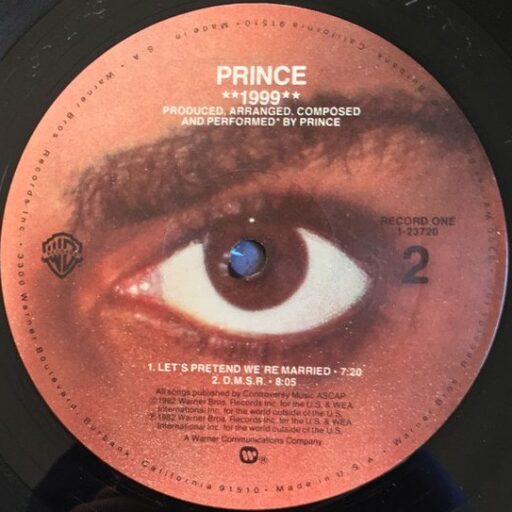Tag: oberheim four voice
-
I am You: Capri Theatre, January 5-6, 1979
Prince spent the summer and fall of 1978 assembling a backing group, in hopes of touring behind his first album the following year. It didn’t go entirely to plan.
-
In Love
The Minneapolis Sound was basically the defining style of the 1980s; but “In Love,” for all its structural resemblance to that later style, is still very much a product of the ’70s.
-
Just as Long as We’re Together
“Just as Long as We’re Together” is less a pop song in the conventional sense than it is a four-to-six-minute demo reel all its own: an unabashed showpiece for Prince’s abilities as a singer, instrumentalist, and hooksmith.
-
My Love is Forever
Pleasant and frothy, if not especially memorable, “My Love is Forever” is Prince at his most self-consciously commercial.
